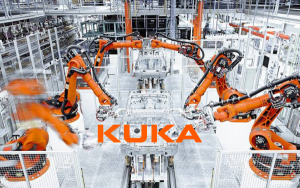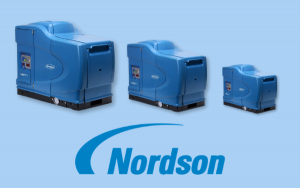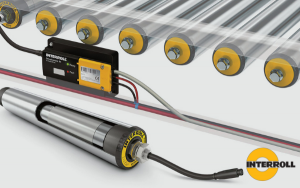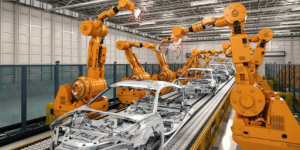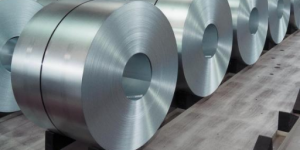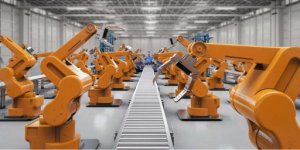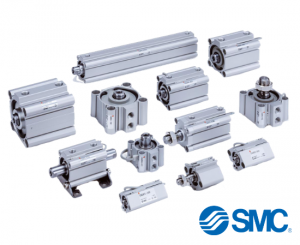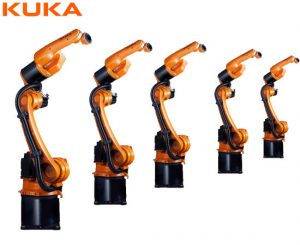First, we must clearly understand what the definition of waste is. Waste is any action or step in the process that does not add value to the customer. In other words, waste is any process for which the customer does not want to pay.
Originally, there were 7 types of waste developed by Taiichi Ohno, Chief Engineer at Toyota as part of the Toyota Production System. The 7 wastes are Shipping, Inventory, Movement, Waiting, Overproduction, Overprocessing, and Errors. All are abbreviated as ‘TIMWOOD’.
Then the 8th type of waste of talent of underutilized human resources was introduced in the 1990s when the Toyota Production System was adopted in the West.
In summary, in corporate governance, there are all 8 types of waste, referred to as DOWNTIME, including: Defects, Over production, Waiting, Non-used talent, Transport, Inventory, Motion and Excess processing.

1. Defects – Waste due to product defects
Defects occur when the product is not suitable for use. This often leads to product rework or discard. Both results are wasteful because they add overhead to activities that don’t provide any value.
The cause of waste due to product defects can be human, but it can also be due to unstable machines.
Although it is not possible to completely eliminate product defects, enterprises can reduce them by the following 4 measures:
– First, look for the most common disability and focus on it.
Second, design a process to detect irregularities and not overlook any defective items in the production process.
Third, redesign the process so that it doesn’t lead to errors.
– Finally, standardize jobs to ensure a consistent, error-free production process.
2. Over production – Waste due to overproduction
In fact, manufacturing enterprises all produce 5-7% reserve on orders or pre-produce some basic items so that they can be delivered immediately if a customer places an order. In production, the number above is pretty safe!
However, if no control measures are taken, this will be a significant financial burden for businesses. If this excess of goods gets out of control, it will become inventory, and it will be difficult for businesses to turn around capital, plus it will be a waste of storage costs.
Additionally, in an office environment, overproduction can include creating extra copies, generating reports that no one reads, providing more information than is necessary, and providing service before the customer is ready.
There are two ways to deal with overproduction:
– Firstly, using ‘Takt Time’ ensures that the production rate between stations is uniform.
Second, reduced setup time allows for small batch or single process production.
3. Waiting – Wasting Time
The waste of waiting includes: People waiting for materials or equipment and Idle Equipment.
Waiting times are often caused by uneven production stations and can lead to excess inventory and overproduction.
In the office, for example, wasteful waiting can include waiting for others to respond to emails, files pending review, unproductive meetings, and waiting for the computer to load programs. In a manufacturing facility, waiting waste can include waiting for materials to arrive, waiting for proper instructions to start production, and underpowered equipment.
Eliminating useless time-wasting is essential for business growth because unnecessary waiting periods often take their toll, even if they’re huge.
Some countermeasures for waiting include:
– Design processes to ensure either continuous or single flow.
– Balance workloads using standardized work instructions.
– Develop flexible multi-skill workers who can quickly adjust to job needs.
See more:
4. Non-used talent – Waste of human resources
Waste of resources is a very serious waste and occurs in more than 90% of Vietnamese enterprises.
In the office, underappreciated talent can include inadequate training, poor motivation, not asking for employee feedback, and placing employees in positions below their skills and qualifications.
In manufacturing, this waste can be seen when employees are poorly trained, employees do not know how to effectively operate equipment, when employees are given the wrong tools for the job, and when employees are not challenged. to come up with ideas to improve work.
Ways to limit the waste of human resources, help optimize staff capacity:
– Allocate the right people to the right jobs.
– Recruit enough, avoid recruiting many people and then there is no job for them.
– Training of employees continuously to improve the ability and skills of employees.
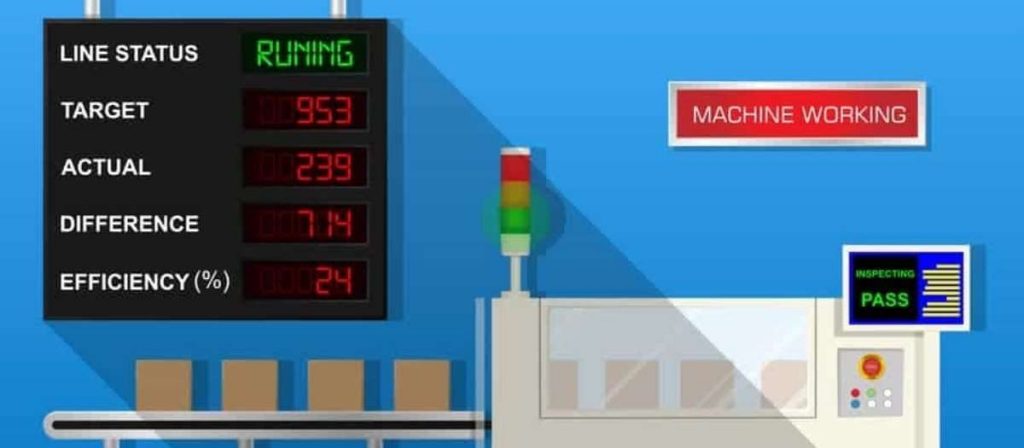
5. Transport – Waste of transportation
Currently, many production workshops of enterprises are arranged according to function and production of a product must go through many stages. This rotation creates not only storage waste, but also transportation waste.
Excessive material movement can lead to product damage and defects. In addition, excessive movement of people and equipment can lead to unnecessary work, more wear and tear, and burnout.
Eliminate shipping waste by:
In the office, people who work collaboratively together often should be close to each other. In the factory, materials needed for production should be easily accessible at the production site and double or triple handling of materials should be avoided.
– Enterprises should arrange production lines or production stages “small clusters” in the shape of the letter U
– Recruiting and training multi-skill workers
See also: Smart factory management software i-MAG
6. Inventory – Waste due to inventory
In accounting, inventory is treated as an asset and sometimes suppliers offer discounts when buying in bulk.
However, having more inventory than necessary can lead to problems including: product defects or material damage, longer lead times, inefficient capital allocation, causing businesses to lose a lot of costs: storage costs, costs due to occupying space, management costs, … and other potential problems.
Inventories can be mentioned here as finished goods, semi-finished goods in the warehouse, on the shelves, on the machine …, or somewhere in the workshop.
Excess inventory can be caused by over-buying, over-production in the manufacturing process (WIP), or by producing more product than the customer needs.
Therefore, eliminating the waste of storage, businesses both save costs and create more competitive advantages for themselves.
– Arrange equipment or production clusters in the shape of U, Z, T
– Balancing production to synchronize capacity between stages to reduce inventory.
– Using the kanban method in the production of scissors
7. Motion- Waste of activity
Corporate governance today also contains a lot of waste, even negativity.
Waste in motion includes any unnecessary movement of people, equipment, or machines.
In the office, wasted motion can include walking, reaching for documents, searching files, sifting through large spaces to find what’s needed, extra mouse clicks and double typing. data.
Motion waste in manufacturing can include repetitive movements that add no value to the customer, accessing materials, walking to get tools or materials, and re-adjusting a part after has been installed.
If managers and leaders have the same sense of waste elimination and businesses have appropriate support solutions, this waste can be eliminated completely. You can use the following 2 suggestions:
– Leveraging the power of technology to simplify business administration
– Combine corporate governance with other management activities
8. Excess processing – Waste of process
Many current working processes are not reasonable or convenient for employees. This not only causes great waste, but also limits the capacity of workers and creates opportunities for defects to arise.
Some ways to help business administrators eliminate waste in the process:
– Enterprises should design process and equipment layout more suitable
– Use “Backdoor” technique to detect waste
– Automated or semi-automatic too
– Review operations, write standard operating instructions (SOPs) and deploy this standardization in the field, moving towards full standardization
– Clearly define the purpose and tasks of each process and then eliminate unnecessary processes.






